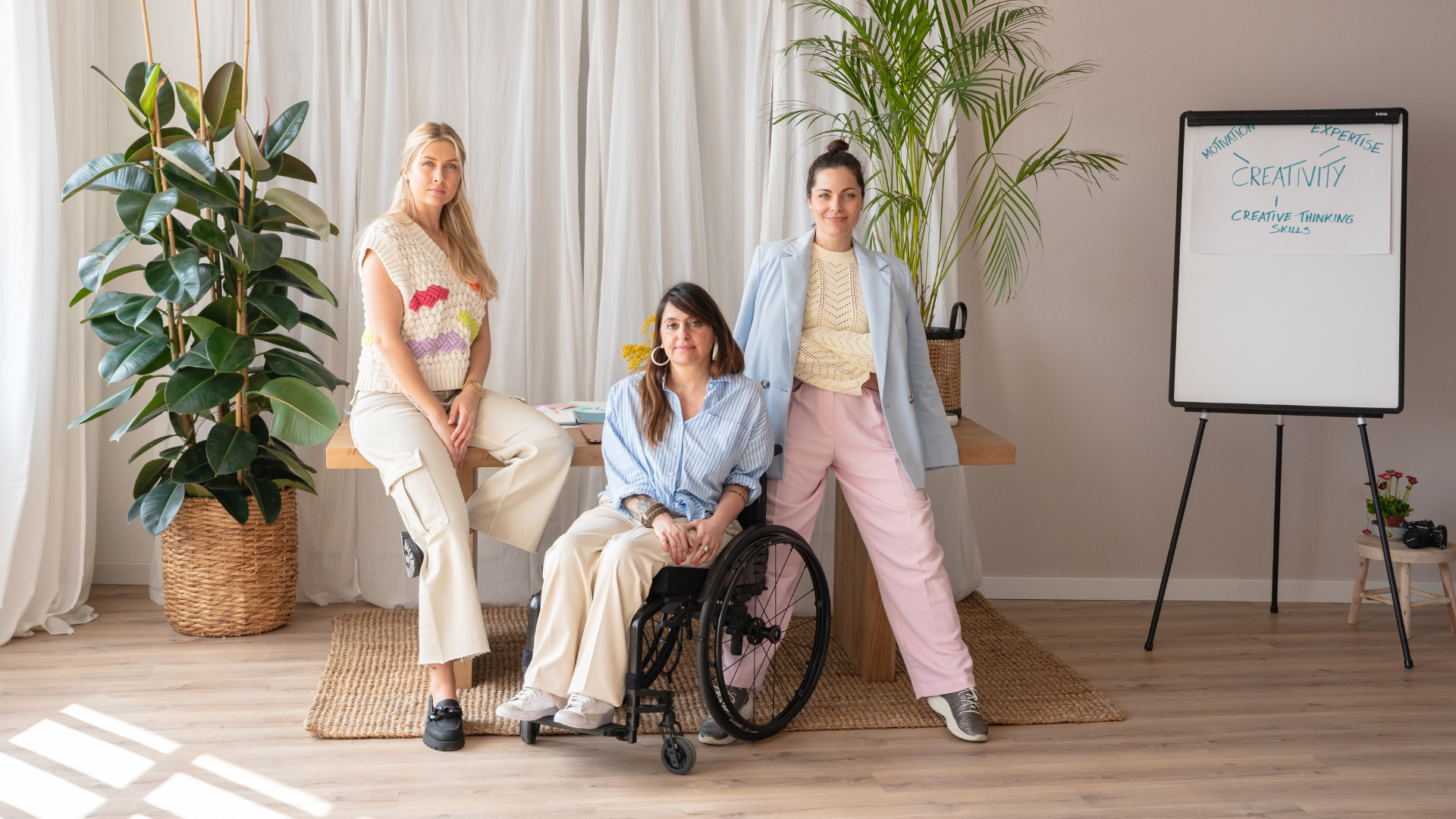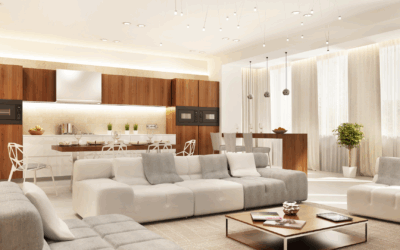How can I make my location more accessible and inclusive? Ensuring your shoot location is accessible and inclusive is crucial for attracting a diverse range of clients and providing a welcoming environment for everyone. By implementing accessible and inclusive practices, you can create a space that accommodates all needs and fosters a positive experience for every visitor. In this blog, we’ll explore strategies for making your location more accessible and inclusive.
Enhancing Physical Accessibility
Provide Accessible Entrances
Ensure that your location has accessible entrances with ramps or elevators for clients who use wheelchairs or have mobility challenges. Clearly mark these entrances and ensure they are free of obstacles.
Create Wide Pathways
Maintain wide pathways throughout your location to accommodate wheelchairs, mobility scooters, and other assistive devices. Remove any clutter or obstacles that could impede movement.
Install Accessible Restrooms
Provide restrooms that are fully accessible, with grab bars, lowered sinks, and adequate space for maneuvering. Ensure that these restrooms are clearly marked and easily accessible from all areas of your location.
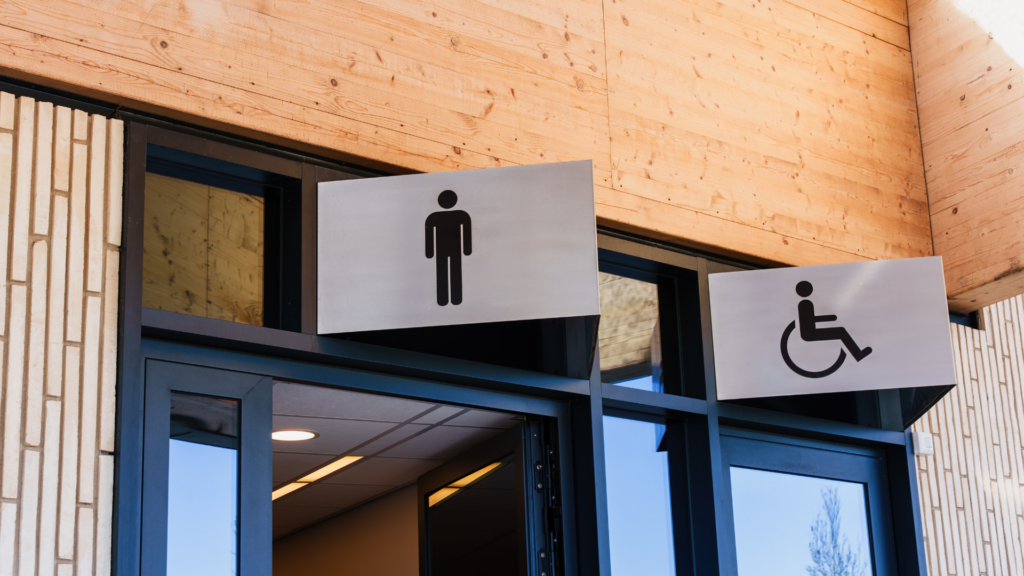
Inclusive Design and Layout
Flexible Spaces
Design your location with flexibility in mind. Use modular furniture and movable partitions to create spaces that can be easily reconfigured to meet different needs. This allows you to accommodate a variety of shoot types and client requirements.
Comfortable Seating
Provide comfortable seating options in waiting areas and common spaces. Include chairs with armrests and varying seat heights to accommodate different preferences and needs.
Clear Signage
Use clear, easy-to-read signage throughout your location. Consider using large print, high-contrast colors, and braille to assist clients with visual impairments. Ensure that all important areas, such as restrooms, exits, and accessible routes, are well-marked.
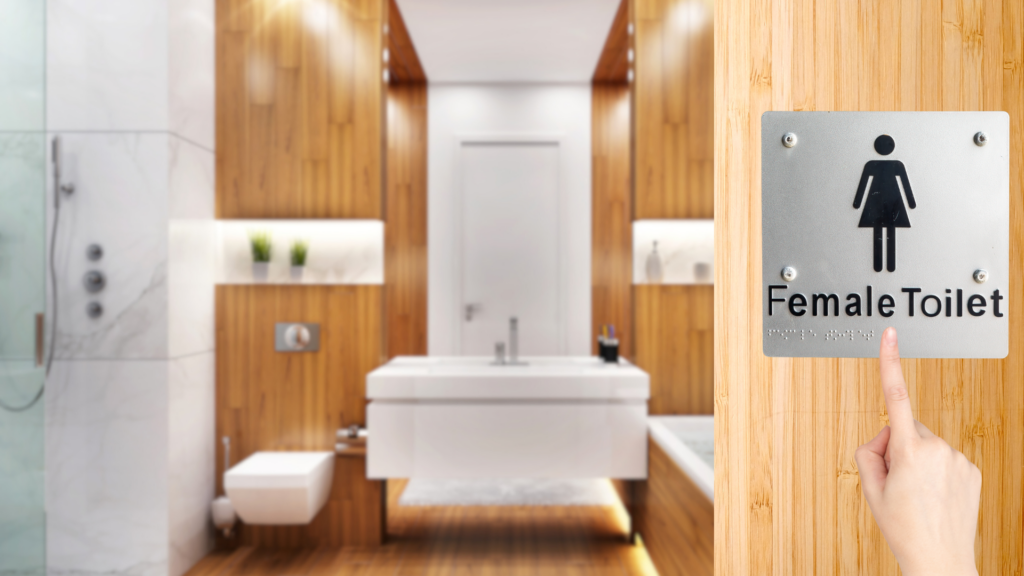
Sensory Accommodations
Manage Lighting and Noise
Control lighting and noise levels to create a comfortable environment for clients with sensory sensitivities. Use dimmable lights and sound-absorbing materials to reduce sensory overload. Provide quiet spaces where clients can take breaks if needed.

Offer Assistive Technology
Provide assistive technology, such as hearing loops, visual aids, and communication devices, to support clients with hearing or vision impairments. Ensure that your staff is trained to use and maintain this equipment.
Sensory-Friendly Features
Incorporate sensory-friendly features, such as soft furnishings, calming colors, and natural elements, to create a welcoming atmosphere. Avoid strong scents or harsh lighting that could be overwhelming for some clients.

Inclusive Policies and Practices
Train Your Staff
Provide training for your staff on accessibility and inclusion. This should include understanding different types of disabilities, effective communication strategies, and how to assist clients with specific needs. Empower your team to create a supportive and inclusive environment.
Develop Inclusive Policies
Create and implement policies that promote inclusivity and accessibility. These policies should cover areas such as non-discrimination, reasonable accommodations, and emergency procedures. Make these policies visible to clients and ensure your staff is familiar with them.
Gather Client Feedback
Actively seek feedback from clients about their experience at your location. Use this feedback to identify areas for improvement and make necessary adjustments. Showing that you value and act on client feedback demonstrates your commitment to inclusivity.
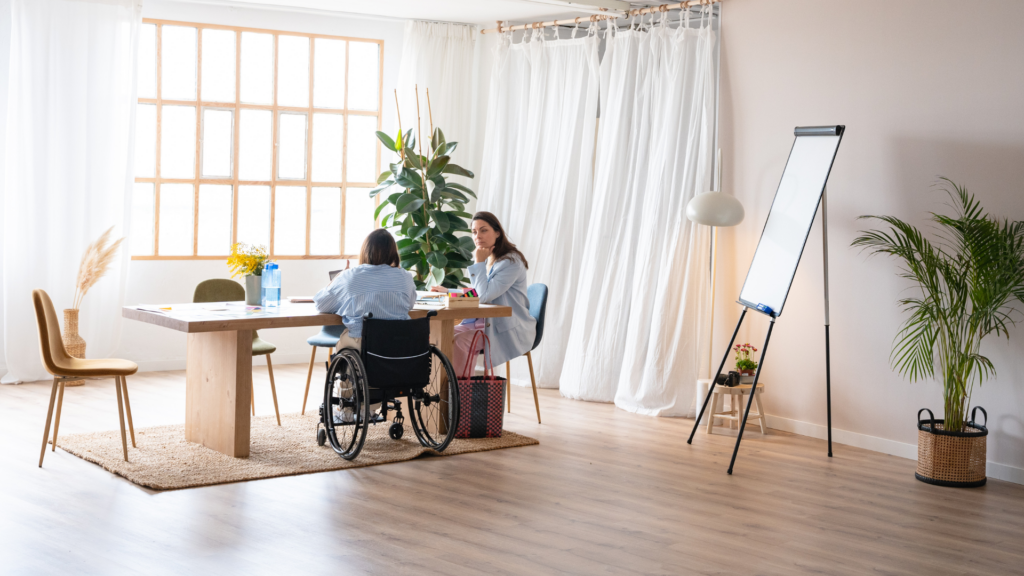
Marketing Your Accessible Location
Highlight Accessibility Features
Promote the accessibility features of your location in your marketing materials. Include information about ramps, accessible restrooms, assistive technology, and any other accommodations you offer. Use high-quality images to showcase these features.
Use Inclusive Language
Use inclusive language in your marketing materials and communications. Avoid terms that might be considered insensitive or exclusionary. Focus on creating a welcoming and respectful tone that resonates with a diverse audience.
Collaborate with Inclusive Organizations
Partner with organizations that advocate for accessibility and inclusion. Collaborate on events, workshops, and promotional activities to reach a broader audience and demonstrate your commitment to inclusivity.

FAQ: How Can I Make My Location More Accessible and Inclusive?
Key Strategies
- Physical Accessibility: Provide accessible entrances, wide pathways, and accessible restrooms.
- Inclusive Design: Use flexible spaces, comfortable seating, and clear signage.
- Sensory Accommodations: Manage lighting and noise, offer assistive technology, and create sensory-friendly spaces.
- Inclusive Policies: Train your staff, develop inclusive policies, and gather client feedback.
- Marketing: Highlight accessibility features, use inclusive language, and collaborate with inclusive organizations.
By implementing these strategies, you can create a shoot location that is accessible, inclusive, and welcoming to all clients.
